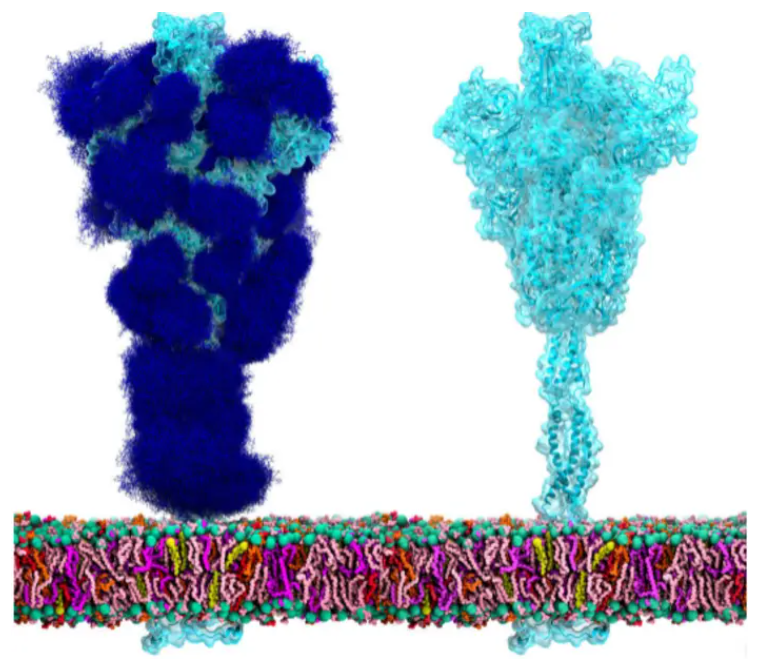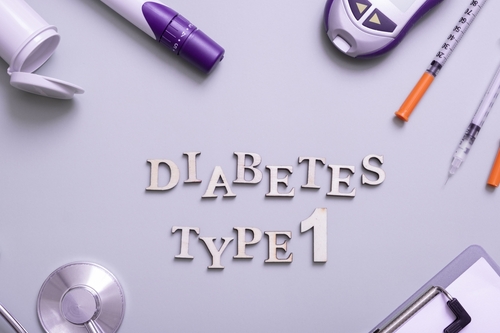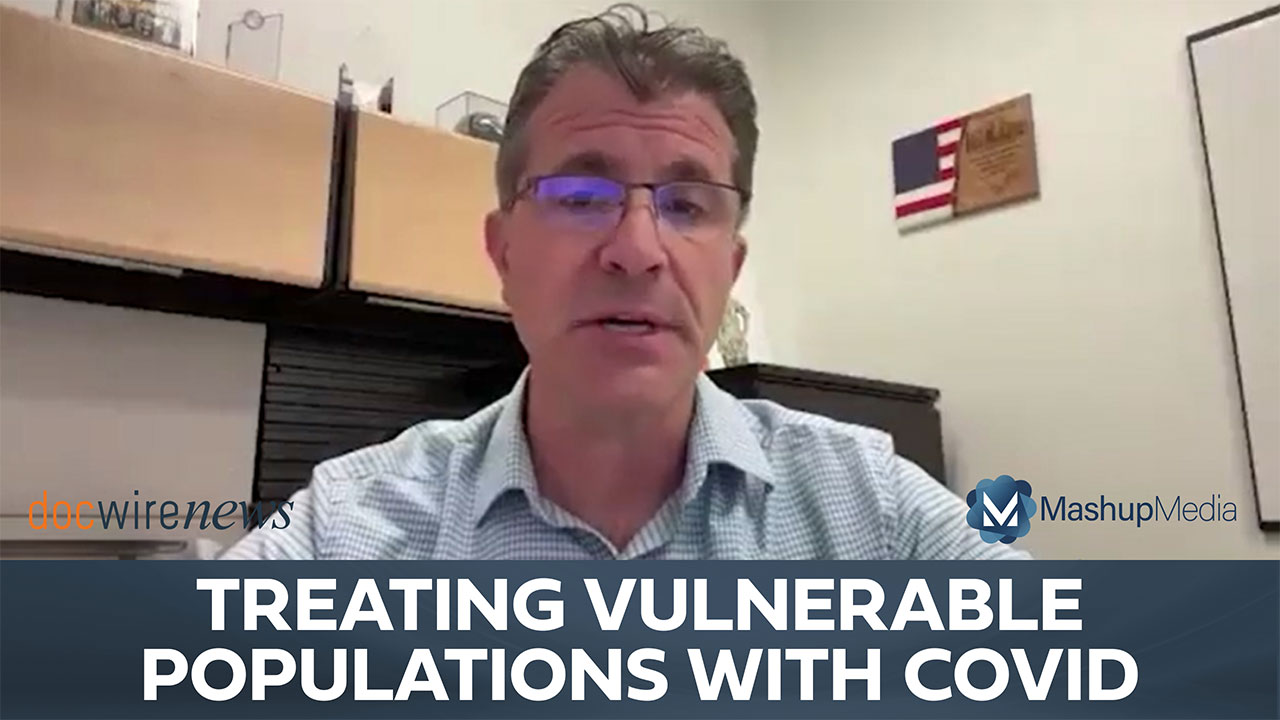
It’s not necessary to consider blanket do-not-resuscitate orders for SARS-CoV-2 (COVID-19) patients because there’s insufficient data on US survival rates and for in-hospital resuscitation, according to a new article published today in Circulation: Cardiovascular Quality and Outcomes, an American Heart Association journal.
Although there is a presumption that COVID-19 patients have a low survival rate following resuscitation, that presumption comes from a recent study from Wuhan, China, that found an overall survival rate of 2.9% in almost 140 SARS-CoV-2 patients who underwent cardiopulmonary resuscitation for in-hospital cardiac arrest.
[do_widget id=mashup_multiwidget-28]
However, that prognosis should not be applied to the U.S., said Saket Girotra, M.D., S.M., assistant professor of medicine in the division of cardiovascular diseases at the University of Iowa Carver College of Medicine, on behalf of the American Heart Association’s Get With The Guidelines®-Resuscitation (GWTG-R) investigators in a press release.
In this study, the researchers evaluated data from 2014-2018 on 5,690 patients similar to the COVID-19 population. The patients of interest underwent CPR for in-hospital cardiac arrest while being treated in an intensive care unit (ICU) for pneumonia or sepsis and were receiving mechanical ventilation at the time of cardiac arrest.
While researchers noted an overall survival rate of only 12.5% in the U.S. simulation, there were many variables that could affect survival and neurologic outcomes. The probability of survival without severe neurological disability ranged from less than 3% to more than 22%, across key patient subgroups. The probability of mild to no disability ranged from about 1% to 17% across key patient subgroups.
Researchers observed that survival rates were low in older and sicker patients with non-shockable heart rhythms, and survival rates were much higher (more than 20%) in younger patients with an initial shockable rhythm who were not being treated with vasopressor medications prior to the cardiac arrest. Moreover, vasopressor medications are generally used to improve blood pressure and cardiac output in emergency situations such as septic shock or cardiac arrest.
“Such large variation in survival rates suggests that a blanket prescription of do-not-resuscitate orders in patients with COVID-19 may be unwarranted. Such a blanket policy also ignores the fact that early experience of the pandemic in the U.S. reveals that a about a quarter of COVID-19 patients are younger than 50 years of age and otherwise healthy. Cardiac arrest in such patients will likely have a different prognosis,” the researchers said, according to the release.
No evidence blanket 'do-not-resuscitate' orders for COVID-19 patients are necessary @HeartNews https://t.co/c52uChvBRh
— Medical Xpress (@physorg_health) May 22, 2020
The authors wrote in conclusion that “… in a cohort of critically ill patients on mechanical ventilation, survival outcomes following in-hospital resuscitation were not uniformly poor. These data may help guide discussions between patients, providers and hospital leaders in discussing appropriate use of resuscitation for COVID-19 patients.”
No evidence blanket ‘do-not-resuscitate’ orders for COVID-19 patients are necessary. https://t.co/I5c3wJx6DA
— AmericanHeartNC (@AmericanHeartNC) May 22, 2020







 © 2025 Mashup Media, LLC, a Formedics Property. All Rights Reserved.
© 2025 Mashup Media, LLC, a Formedics Property. All Rights Reserved.